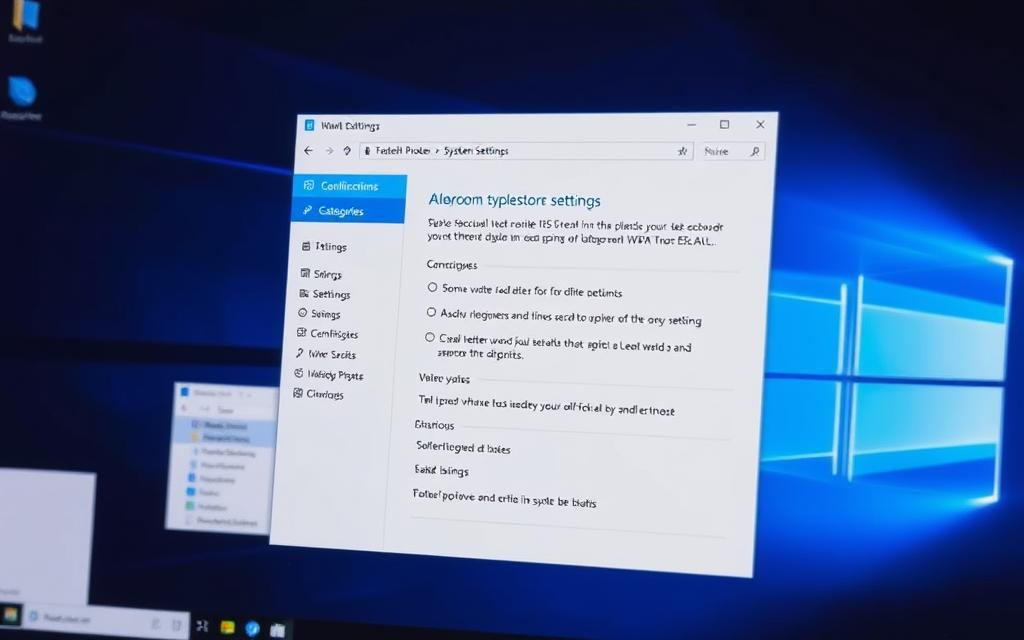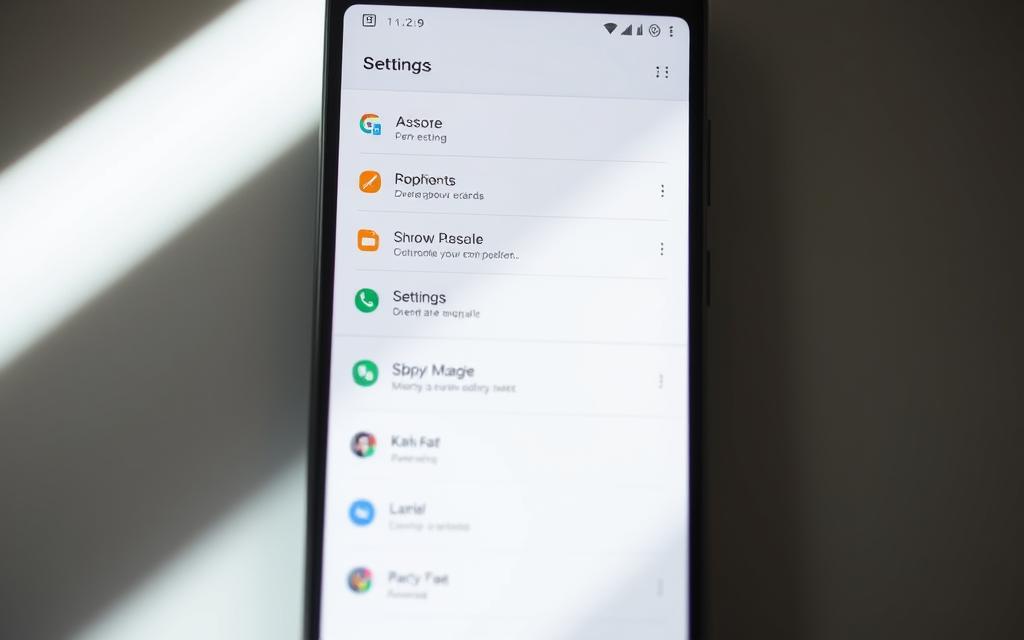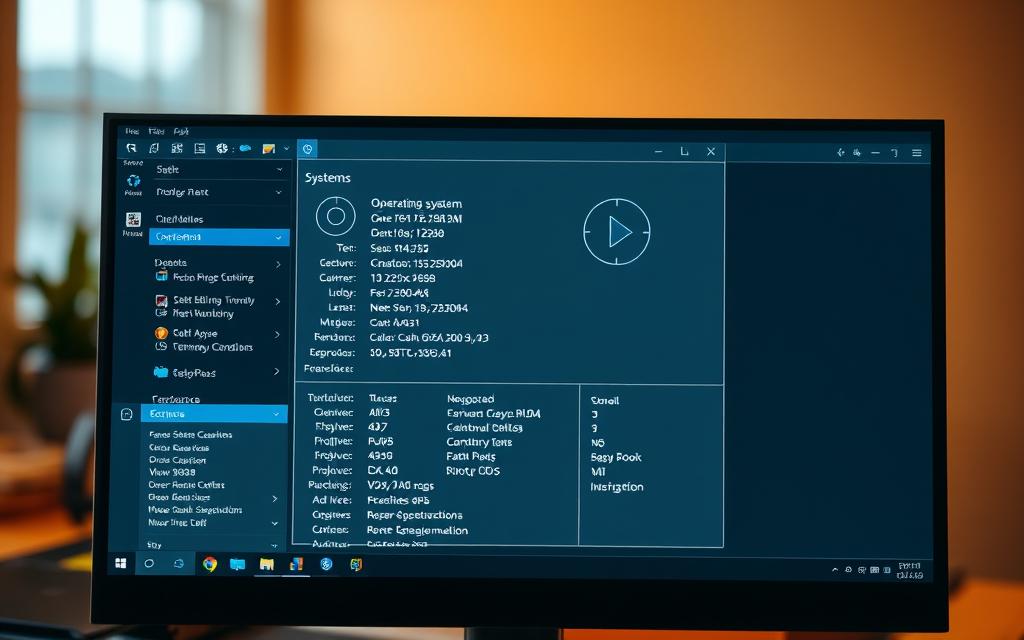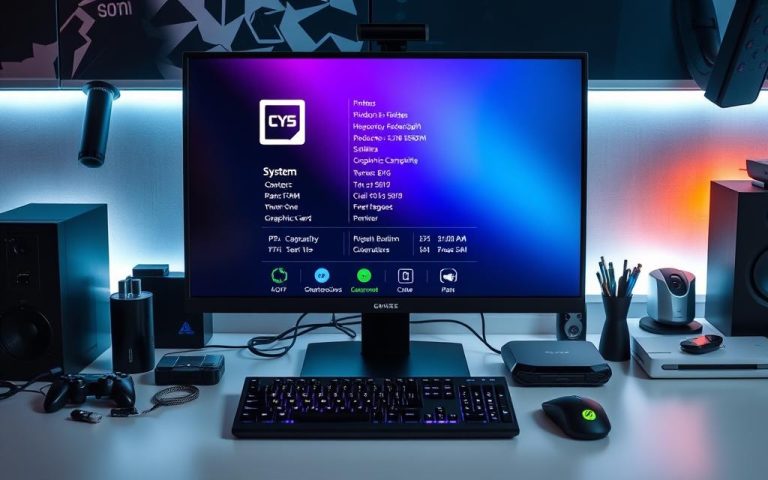How to Identify Your Computer’s Operating System
Understanding your device’s software is crucial for smooth performance. Whether installing new programs or troubleshooting issues, having the right operating system details saves time and frustration.
Modern software often requires specific versions to function properly. Security updates also depend on accurate system information. Outdated versions may expose your device to vulnerabilities.
IT professionals frequently request this data when providing support. Universities like Drexel specifically ask students to verify their OS before accessing campus resources.
This guide covers simple methods to check your platform across Windows, macOS, Linux, Android, and iOS. You’ll learn to identify versions, builds, and architectures quickly.
Why Knowing Your Operating System Matters
Accurate OS details prevent software conflicts and security risks. Whether installing apps or troubleshooting, the right version ensures smooth performance. Drexel IT and other support teams often request this data to diagnose issues faster.
Compatibility for Software and Hardware
Modern programs require specific OS versions. A 64-bit device runs advanced apps, while 32-bit systems limit options. Outdated drivers may fail on newer platforms, causing crashes or errors.
- Performance: Updates optimize speed and fix bugs.
- Support: IT experts use OS data for remote fixes.
Security Updates and Troubleshooting
Unpatched systems expose devices to malware. Regular updates close vulnerabilities and boost defenses. For example, Windows 10’s 2023 patch resolved critical memory leaks.
Always verify your version before downloading tools. Antivirus programs also rely on current OS builds for full protection.
How to Find Out What Your Computer Operating System Is (Windows)
Microsoft’s platform offers multiple ways to verify your Windows version and specifications. These methods work across recent releases like Windows 10 and 11, providing quick access to critical system details.

Accessing System Details Through Settings
Navigate to Start > Settings > System > About for comprehensive device information. This section displays:
- Edition (Home, Pro, or Enterprise)
- Version number and build
- Installation date
- Processor and RAM details
The Windows specifications area shows whether your device runs 32-bit (x86) or 64-bit (x64) architecture. For additional system details, check the Device specifications section below.
Quick Start Menu Method
Right-click the Start button and select “System” for abbreviated specifications. This bypasses multiple menus while showing:
- Basic processor information
- Installed memory
- System type (32/64-bit)
- Windows activation status
Understanding System Architecture
Modern software often requires 64-bit systems for optimal performance. Check your version under Device specifications in Settings:
| Architecture | RAM Limit | Software Compatibility |
|---|---|---|
| 32-bit (x86) | 4GB | Legacy applications |
| 64-bit (x64) | 128GB+ | Modern resource-intensive apps |
For troubleshooting older systems, use the Run dialog (Win+R) and enter “winver”. This displays the exact build number needed for technical support.
Finding Your OS on macOS and iOS Devices
Apple devices streamline OS verification through intuitive menus. Whether using a Mac or iPhone, critical version details are centralized for quick access. This simplifies troubleshooting and ensures software compatibility.
macOS: About This Mac Menu
Click the Apple logo in the top-left corner and select About This Mac. A window displays:
- Version name (e.g., Ventura, Sonoma)
- Processor type and memory
- Serial number and storage
For advanced details, click System Report. This reveals architecture (Intel/Apple Silicon) and installed drivers. Enterprise users can check management profiles here.
“Apple’s unified design makes OS identification seamless across devices.”
iOS: Settings > General > About
On iPhones or iPads, open Settings, tap General, then About. Key details include:
- iOS/iPadOS version and build number
- Model name and capacity
- Carrier locks or check software details
iPadOS shares the same path but lists distinct version numbers. Enable automatic updates under Software Update for security patches.
Checking Operating System Details on Android
Android devices provide multiple ways to verify software details for seamless performance. Manufacturer skins like Samsung’s One UI or Xiaomi’s MIUI alter menu paths, but core settings remain consistent.

Navigate to Settings > About phone > Android version for essential OS data. Tap the version number seven times to unlock developer options, useful for advanced troubleshooting.
Security patches are critical for vulnerability protection. Check the Security update date under settings to ensure your device is current. Google Play System updates further enhance protection.
Stock Android vs. OEM Skins
| Interface | Path to OS Info | Unique Features |
|---|---|---|
| Stock (Pixel) | Settings > About > Android version | Direct Google updates |
| Samsung One UI | Settings > Software update | Monthly security patches |
| Android Go | Settings > System > Advanced | Lightweight for low-RAM devices |
For kernel details, open About phone and scroll to Build number. This helps developers diagnose hardware conflicts. Ensure Google Play Services matches your OS version for app compatibility.
“Android’s flexibility means users should regularly verify their OS build for optimal security.”
Android Go editions simplify menus for entry-level devices. Though lightweight, they retain core operating system functions. Always cross-check updates with your manufacturer’s support page.
Conclusion
Identifying your operating system ensures seamless performance and robust security. Whether using Windows, macOS, or Android, quick verification methods help maintain compatibility.
Regular updates protect against vulnerabilities and optimize functionality. Set reminders to check your version periodically, especially before installing new software.
For enterprise users, consistent OS monitoring streamlines IT support. A proactive approach minimizes downtime and keeps systems running smoothly.
Keep this troubleshooting checklist handy:
- Verify OS build numbers for technical assistance
- Enable automatic updates when possible
- Cross-check architecture (32-bit vs. 64-bit) for app requirements
FAQ
Why is it important to know my Windows version?
Identifying your Windows version ensures software compatibility, proper security updates, and troubleshooting efficiency.
Where can I find my Windows OS details in Settings?
Open Settings > System > About to view your Windows specifications, including version and system type.
How do I check if my Windows is 32-bit or 64-bit?
Navigate to Settings > System > About and look under Device specifications for the system type.
What’s the quickest way to find my macOS version?
Click the Apple logo > About This Mac to see your macOS details, including version number.
How do I locate my iOS version on an iPhone or iPad?
Go to Settings > General > About to view your iOS version and device information.
Where are Android OS details displayed?
Open Settings > About Phone > Software Information to check your Android version and build number.
Can I find my Windows version without opening Settings?
Press Win + R, type winver, and hit Enter to see your Windows version in a pop-up window.















